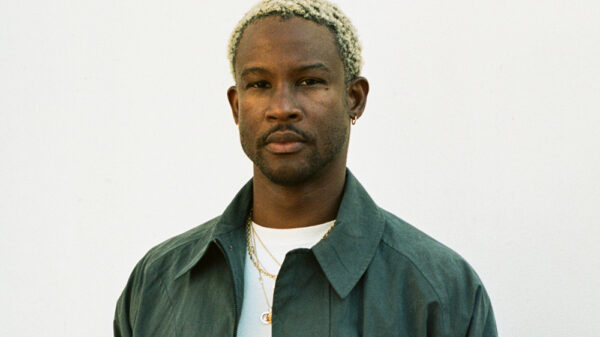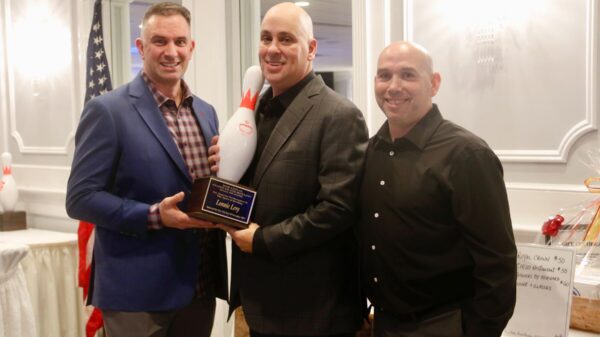In a recent column, advice columnist Annie Lane addressed a common dilemma regarding personal limits and boundaries. A reader, signing off as Still Learning, expressed confusion over the distinction between these two concepts and sought guidance on how to navigate them in her relationships.
Defining Boundaries and Limits
According to Lane, the primary difference lies in the intention and focus of each term. A boundary is a personal statement about one’s own needs and choices, while a limit often feels more like an external rule imposed on others. For example, a limit might sound like, “You cannot come over without calling first,” which conveys a command. In contrast, a boundary reaffirms personal needs: “I need advance notice before company comes over.”
Using “I” statements, as Lane suggests, creates a more constructive dialogue. This approach centers the conversation on the speaker’s feelings rather than placing blame on the other person. It transforms an assertion into an invitation for understanding, allowing for healthier interactions.
The Importance of Clarity in Relationships
Lane emphasizes that boundaries are not punitive; rather, they serve to maintain personal well-being and foster mutual respect. By clearly communicating one’s needs, individuals can protect their peace and create space for others to respond accordingly. Boundaries are acts of self-respect that encourage clarity—an essential element in any relationship.
The reader’s situation highlights a common struggle many face: the fear of hurting others’ feelings while asserting one’s own needs. Lane reassures those grappling with this issue that establishing boundaries does not equate to being unkind. Instead, it is about ensuring that personal space and quiet time are valued.
For Still Learning, the challenge lies in her friend’s unannounced visits, which disrupt the balance she seeks at home. Lane encourages her to communicate her needs directly, suggesting that a simple statement like, “I really enjoy our visits, but I need advance notice before company comes over,” can pave the way for healthier interactions.
Ultimately, understanding the difference between boundaries and limits leads to more fulfilling relationships. By prioritizing self-respect and clarity, individuals can navigate their interactions with kindness and authenticity.
Readers can explore more insights from Annie Lane on her social media platforms and through her published columns, which continue to address interpersonal challenges faced by many. Lane’s approach offers a valuable framework for anyone looking to engage in healthier, more respectful relationships.








































































